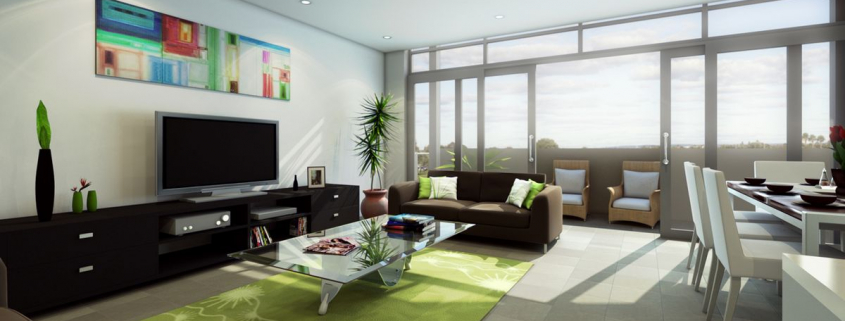Features of underfloor heating
For today, underfloor heating is a modern and popular electric heating system. It can be used as the main heating of the room or as auxiliary heating.
The electric underfloor heating itself is a set of heating components (cables) that fit into the screed. The positive fact is that the heating can be turned on at any time. There are two options for heating the floor – electric and water floor heating.
From the radiators installed in each apartment, the heat goes up to the ceiling. It turns out that colder air remains below. This distribution of air is not very pleasant for feet that like to be warm. It is the warm floor that contributes to a favorable climate for the feet.
The heat that comes from the floor spreads to a height of 1.5 m.
The principle of operation of underfloor heating is very simple. An electric current passes through the cable, which in turn heats it, and the cable gives heat to the screed, which is poured over the cable. Controls the heating temperature of the thermal sensor, which is installed in the floor.
It sends signals to the thermostat, which turns on or off the floor heating.
The cable is laid on an existing screed. Then another layer of screed 3 cm thick is poured. After that, tile or linoleum is laid.
There are disadvantages to such a underfloor heating system. Since the cable is located inside the screed, it needs to heat a significant volume of the solution, which increases the heating time and, consequently, increases the power consumption. In this case, it is recommended to lay the insulation under the first screed.
Another way is that a thin mat is laid under the tile or linoleum. The mats use a cable with a smaller cross section, which makes it possible to lay it directly under the linoleum or tile. This contributes to a faster heating of the floor itself in time and, consequently, reduces energy costs.



